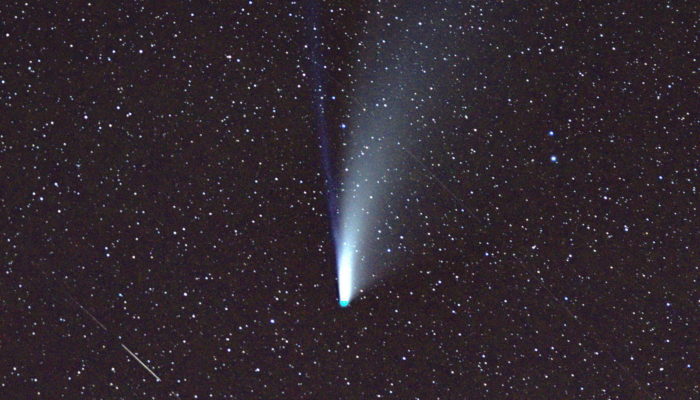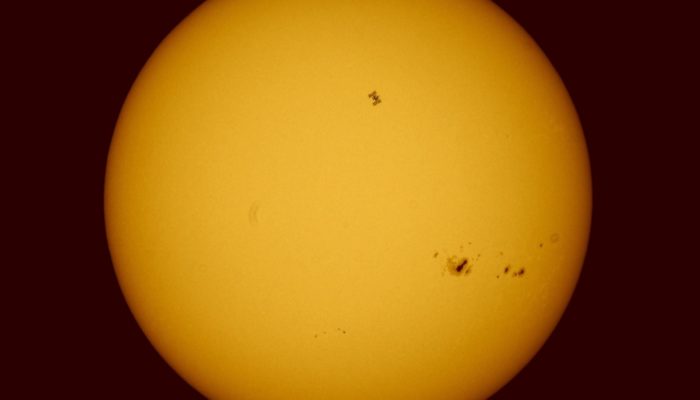Around 17th July 2020, the core of the Neowise comet starting giving off a greenish-glow. At first I thought this strange colour was due to some glitch in my camera sensor (I used an entry-level DSLR), but other photos online also started reporting this greenish glow. It has since been speculated to be because of the formation of a new vent on the surface of the comet, discharging gaseous ions whi ...[Read More]
Imaggeo On Monday: C/2020 F3 (NEOWISE) – a memorable moment




